Thinking of moving from gas to induction but am nervous...
try_hard
16 years ago
Related Stories

SELLING YOUR HOUSEA Moving Diary: Lessons From Selling My Home
After 79 days of home cleaning, staging and — at last — selling, a mom comes away with a top must-do for her next abode
Full Story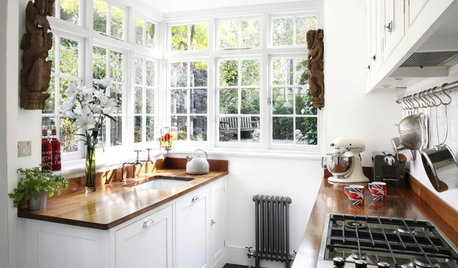
SMALL KITCHENS10 Things You Didn't Think Would Fit in a Small Kitchen
Don't assume you have to do without those windows, that island, a home office space, your prized collections or an eat-in nook
Full Story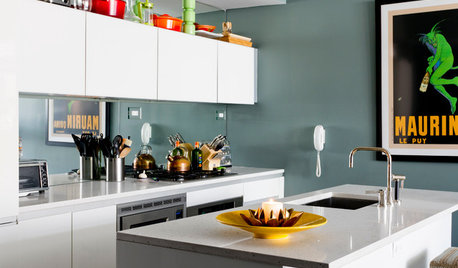
SMALL KITCHENS12 Genius Design Moves for Small Kitchens
These space-enhancing tricks can make compact cooking zones look and feel larger
Full Story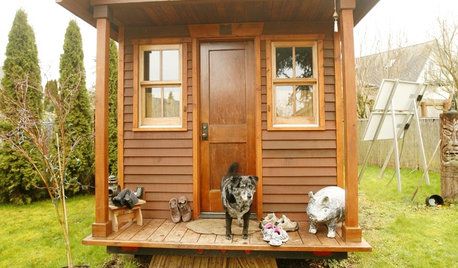
SMALL SPACESLife Lessons From 10 Years of Living in 84 Square Feet
Dee Williams was looking for a richer life. She found it by moving into a very tiny house
Full Story
PETSSo You're Thinking About Getting a Dog
Prepare yourself for the realities of training, cost and the impact that lovable pooch might have on your house
Full Story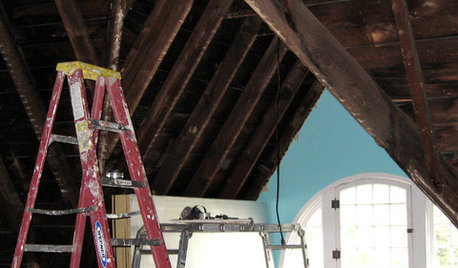
REMODELING GUIDES8 Lessons on Renovating a House from Someone Who's Living It
So you think DIY remodeling is going to be fun? Here is one homeowner's list of what you may be getting yourself into
Full Story
MOVINGRelocating Help: 8 Tips for a Happier Long-Distance Move
Trash bags, houseplants and a good cry all have their role when it comes to this major life change
Full Story
LIFEThe Moving-Day Survival Kit: Lifesaving Items and Niceties
Gather these must-haves in advance for a smooth move and more comfortable first days in your new home
Full Story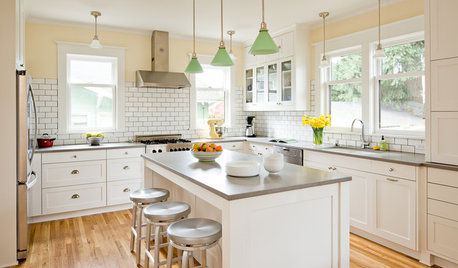
MOVINGThe All-in-One-Place Guide to Selling Your Home and Moving
Stay organized with this advice on what to do when you change homes
Full Story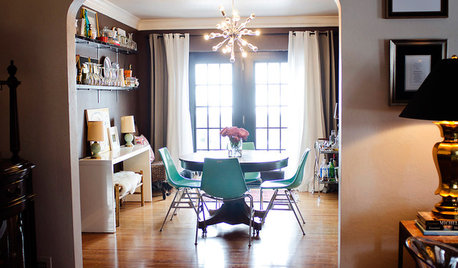
LIFESo You're Moving In Together: 3 Things to Do First
Before you pick a new place with your honey, plan and prepare to make the experience sweet
Full StorySponsored
More Discussions








moose_2007
blt_in_nm
Related Professionals
Agoura Hills Kitchen & Bathroom Designers · Baltimore Kitchen & Bathroom Designers · Lockport Kitchen & Bathroom Designers · Williamstown Kitchen & Bathroom Designers · Winton Kitchen & Bathroom Designers · Holden Kitchen & Bathroom Remodelers · Paducah Kitchen & Bathroom Remodelers · Port Charlotte Kitchen & Bathroom Remodelers · Phillipsburg Kitchen & Bathroom Remodelers · Alafaya Cabinets & Cabinetry · Avocado Heights Cabinets & Cabinetry · Red Bank Cabinets & Cabinetry · Spring Valley Cabinets & Cabinetry · Central Cabinets & Cabinetry · University Park Cabinets & Cabinetrysienne_c
oskiebabu
klaa2
kailleanm
pecanpie
pecanpie
try_hardOriginal Author
try_hardOriginal Author
moose_2007
try_hardOriginal Author
rogerv_gw
rogerv_gw
try_hardOriginal Author
jimandanne_mi
plllog
pammo
kitchendetective
dbaguy
kitchendetective
dbaguy
kitchendetective
plllog
solarpowered
solarpowered
solarpowered
klaa2
livingthedream
Fori
try_hardOriginal Author
klaa2
kitchendetective
rogerv_gw
klaa2
cbjmidwood
kitchendetective
Fori
kitchendetective
solarpowered
plllog
Fori
livingthedream
lizzysher
Fori
debbie_2008
jeanine_logan
alanrockwood
canuck99
sshrivastava